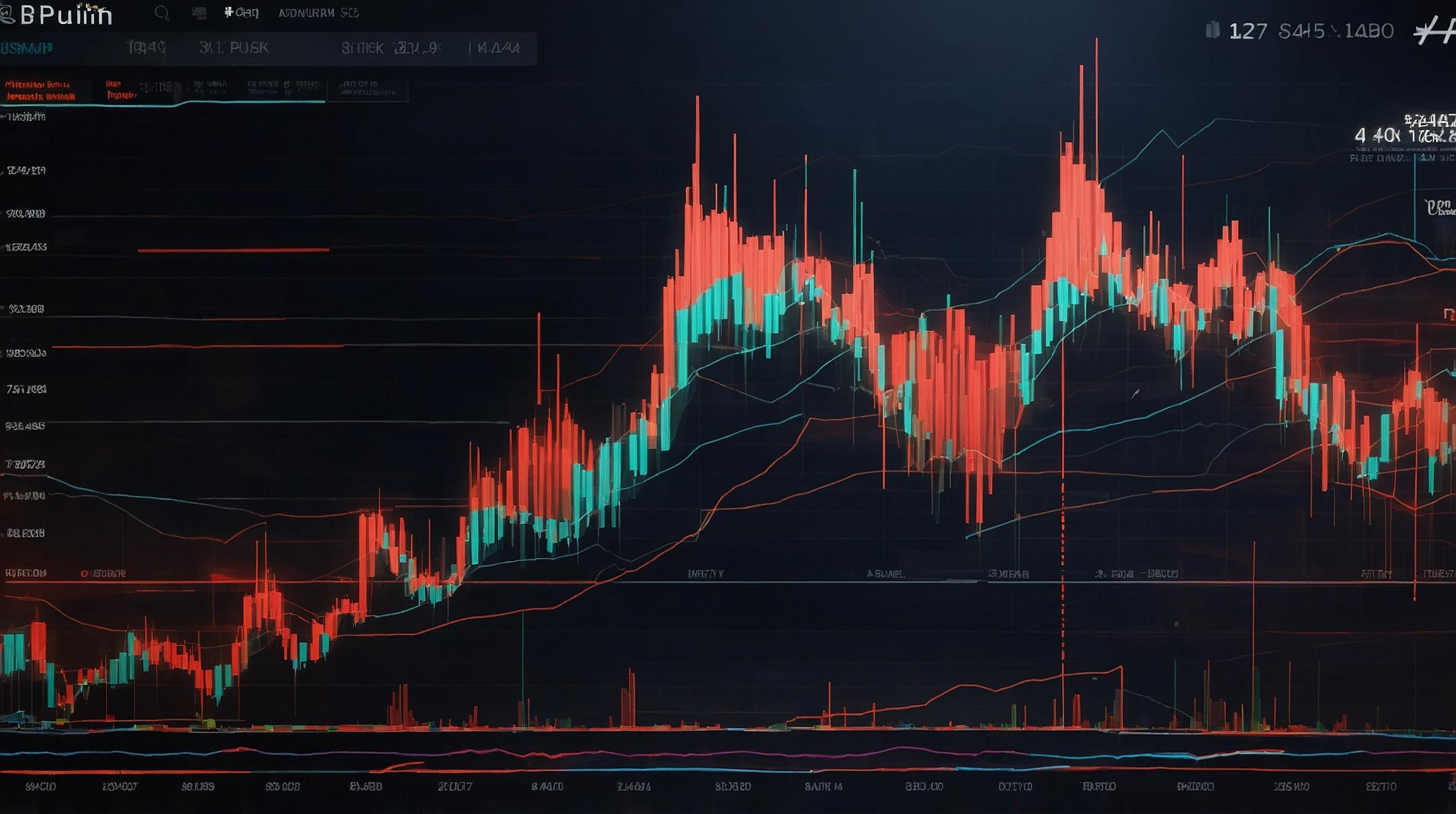Microsoft To-Do vs. Todoist: A Comprehensive SWOT Analysis
In the bustling world of digital task management, two contenders consistently capture the spotlight: Microsoft To-Do and Todoist. As remote work becomes the norm and personal productivity a universal quest, choosing the right app to manage tasks and projects has never been more critical. This article delves into a SWOT analysis of both platforms, offering users a clear comparison of strengths, weaknesses, opportunities, and threats.
Microsoft To-Do: A Closer Look
Microsoft To-Do, born from the acquisition of Wunderlist, is a task management solution that emphasizes simplicity and integration with Microsoft's ecosystem. It’s designed to boost productivity with features such as My Day, smart suggestions, and customizable themes.
Strengths:
- Seamless integration with Microsoft 365, enhancing productivity for users already entrenched in the Microsoft ecosystem.
- Intuitive user interface that’s both simple and clean, catering to users who prioritize ease of use.
- Free to use, making it accessible for individual users and small teams on a budget.
Weaknesses:
- Limited features compared to rivals, potentially hindering advanced project management.
- Some users report sync issues across devices, impacting the user experience.
Todoist: Unpacking its Features
Todoist stands out for its advanced functionality and flexibility, appealing to a wide array of users—from individuals seeking to organize their personal life to teams managing complex projects. It prides itself on its robust task classification system, powerful integration capabilities, and Karma points system to motivate users.
Strengths:
- Extensive customization options and powerful integrations with third-party apps, including Google Calendar and Slack.
- Ideal for team collaboration, with features supporting shared tasks, project discussions, and progress tracking.
- Cross-platform availability, ensuring users can manage their tasks from any device.
Weaknesses:
- The steep learning curve due to its wide array of features, potentially overwhelming new users.
- Premium features come at a cost, which might deter individual users or small teams with limited budgets.
Opportunities and Threats
Both platforms face significant opportunities in the growing market for digital productivity tools. The rise of remote work trends presents a chance to expand their user base by catering to the needs of distributed teams. Additionally, advancements in AI and machine learning could enhance task management with predictive analytics and automated task prioritization.
However, they also share common threats, including the intense competition in the productivity app market. Innovators and new entrants continue to challenge established players with unique features and aggressive pricing strategies. Furthermore, the ongoing concerns regarding data privacy and security in cloud-based platforms could impact user trust and adoption rates.
Conclusion
Choosing between Microsoft To-Do and Todoist ultimately depends on user preferences, team needs, and existing workflows. Microsoft To-Do excels in simplicity and seamless integration within the Microsoft ecosystem, making it an attractive option for users seeking straightforward task management. Conversely, Todoist offers advanced features and flexibility, appealing to those requiring comprehensive project management capabilities and team collaboration tools.
As the digital landscape evolves, both platforms must continue innovating to meet the changing demands of users, emphasizing functionality, user experience, and security. The task management app war is far from over, but Microsoft To-Do and Todoist remain frontrunners in the quest for productivity excellence.













